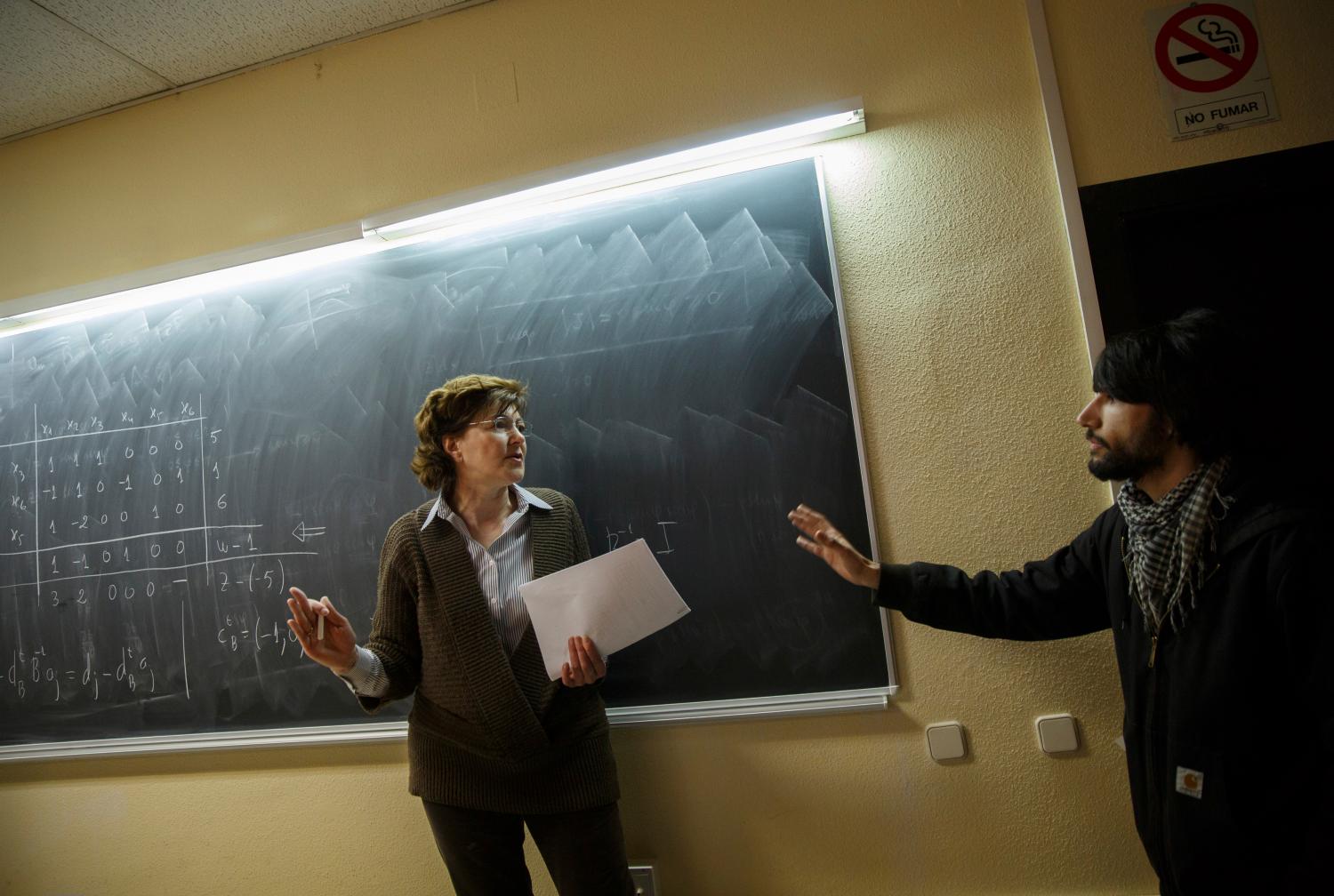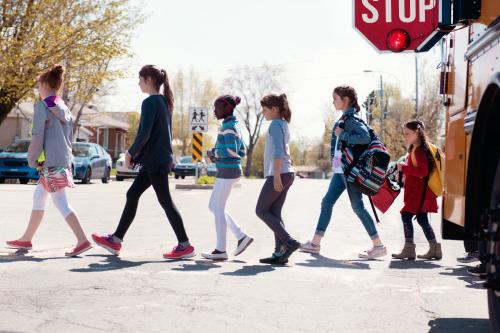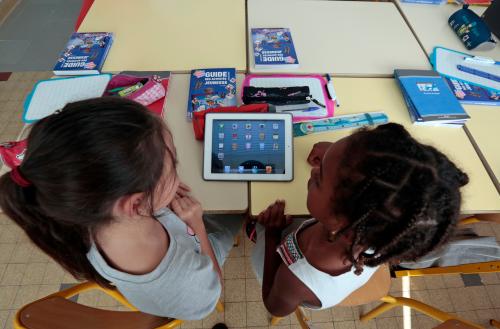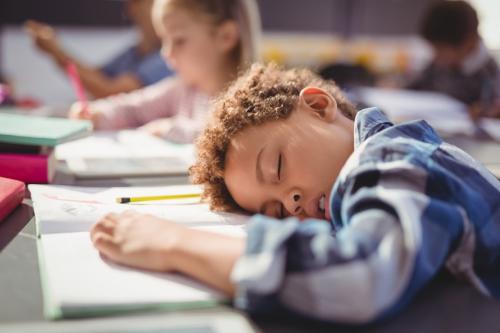Parents undoubtedly base part of the decision of where to live on the quality of schools their children will attend. But what do we actually mean by “quality?” Of course, school quality will mean different things to different parents, but our suspicion is that when many parents think of school quality, they are primarily thinking of the peer group. Questions about the school’s academic performance or safety usually boil down to “who are my kids going to school with?”
Educators are also intensely concerned about the impact of peers. They know first-hand how students can affect each other’s behavior and performance. Disruptive students can harm the learning environment and monopolize the teacher’s attention and energy. At the same time, a classroom full of attentive, enthusiastic students synergistically raises everyone’s performance.
If we believe that peer behavior is important to children’s education and behavioral outcomes, it would seem to be a simple exercise to collect data and measure this relationship. In fact, this has turned out to be one of the more difficult problems faced by economists. It has so consistently vexed us, we even have a name for it: the reflection problem.
Think of it this way: If I don’t understand how mirrors work, and I saw you standing in front of one and raising your hand, I would have no way to tell if you caused the person in the mirror to raise the hand or the other way around. In our case, imagine two students with a record of delinquent behavior and poor academic performance. Who is causing the other to behave badly and perform poorly? Or are they simultaneously contributing to each other’s delinquency and low academic performance?
Coming up with ways around this problem of measuring the causal impact of peers is an active area of research. Economists have turned to finding unique datasets with interesting information that can cut through the reflection problem. Some of our favorite researchers have used irregular first names of boys or children exposed to domestic violence. The idea is that these students will be more prone to lashing out and misbehaving, regardless of the potential influence of current peers, so researchers can pinpoint the direction of the influence amongst peers.
Our paper, forthcoming in the journal Labour Economics, takes a different approach. We have the ability to follow students from one year to the next. This allows us to construct an “indirect social matrix,” which uses the fact that as students move from elementary to middle schools, they say goodbye to one set of friends and are introduced to a new set of peers. These new schoolmates bring with them exposure from others in the previous year that are separated by time and distance.
As an illustrative example, say we are interested in how Adam’s behaviors impacts Betty’s academic performance in middle school. However, Betty may also influence Adam, and we may be partly measuring this “reflection.” Now, assume last year, Adam and Betty attended different elementary schools, and Adam was classmates with Charles. Adam and Charles influence one another, but Charles never meets Betty. If Charles was a trouble-maker, in the next year, Charles’s delinquency would be indirectly transmitted to Betty, via Adam. However, since Charles was never “exposed” to Betty, it is impossible for Betty’s behavior to impact Charles. Thus, the reflection problem is defeated, and we can estimate the impact of peers by using an “instrumental variables” approach.
We identify this Adam-Betty-Charles relationship for every middle school student in the state of North Carolina from 2010 to 2012 (roughly 250,000 students). We find that if a student in an average school is exposed to 10 percent fewer peer behavioral incidents that require an out-of-school suspension or a more severe punishment, his or her performance on a standardized math test will increase by 6.2 percent of a standard deviation. To put this number in context, this is somewhere between one-third to one-half of the increase in scores that economists have predicted would arise from cutting class size in half. Therefore, reducing delinquency in schools could yield some really impressive benefits for test scores.
Now that we’ve talked up our paper, let’s temper our enthusiasm a bit. At this point, we’re not sure how easy or difficult it would be to reduce delinquent behavior. Is a 10 percent reduction even feasible in an average school? And if we begin to devote limited resources to improving student behavior, where do we want to make cuts? Surely more research is required to answer these questions. However, we do want to note that there are also other benefits that our paper doesn’t even begin to capture. How much is a safer school worth to parents’ peace of mind? How much increased job satisfaction would teachers need to be able to teach in an environment with fewer disruptions? In the broader, holistic context of what a better behaved student population is “worth” to the school and society, we think our estimates are merely the lower limit of the gains.
As parents, teachers, administrators, and policymakers look for ways to improve the quality of education in the United States, our research suggests that beyond large-scale reforms—such as new accountability policies, standardized curricula, or increased competition using vouchers or charter schools—they should pay closer attention to the day-to-day interaction among students. Not only can delinquent behavior detract from one’s own academic achievement, but the spillover from that behavior to other students can be large enough to swamp even the most expensive and positive reforms.
The Brookings Institution is committed to quality, independence, and impact.
We are supported by a diverse array of funders. In line with our values and policies, each Brookings publication represents the sole views of its author(s).







